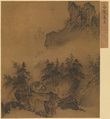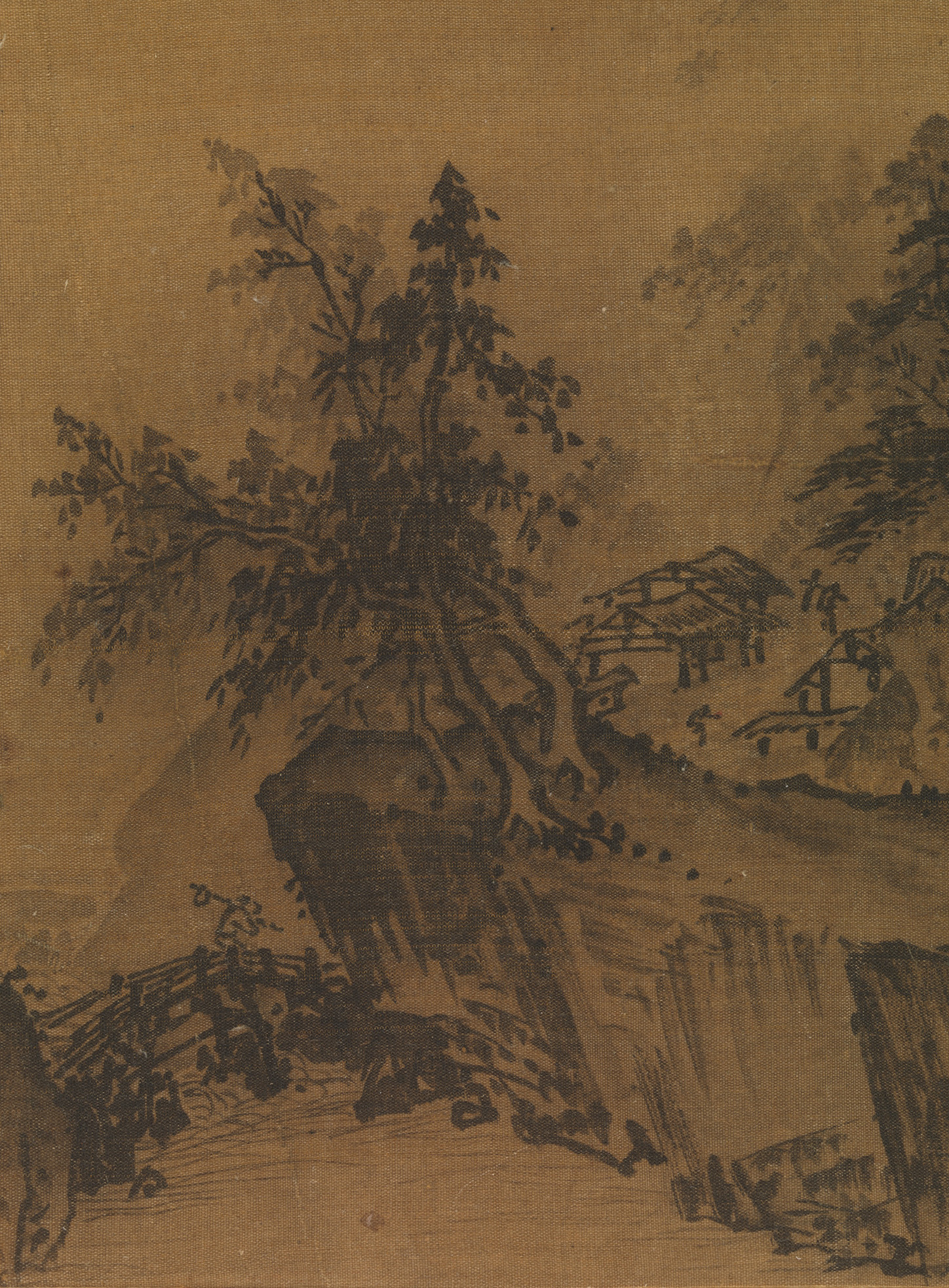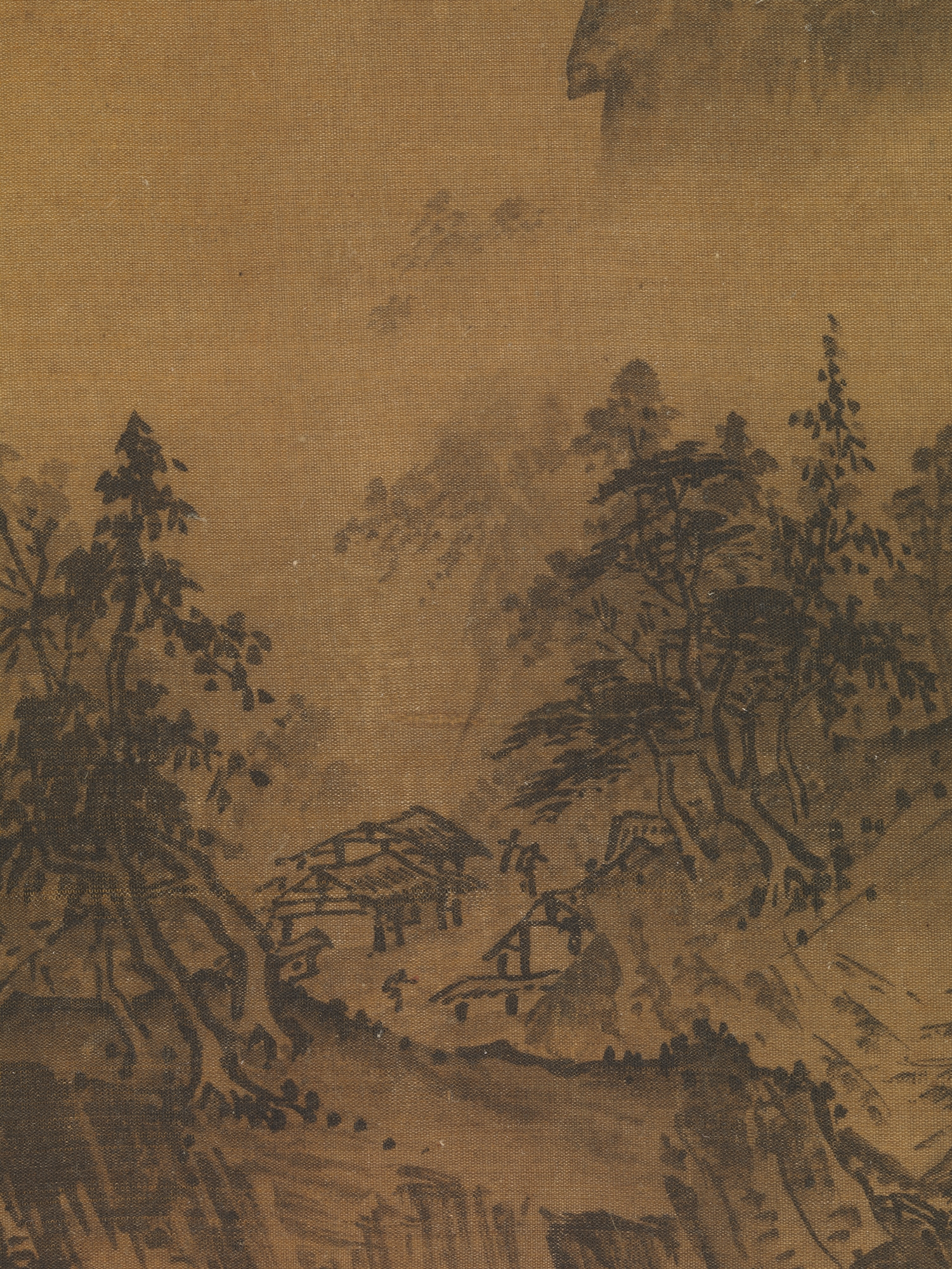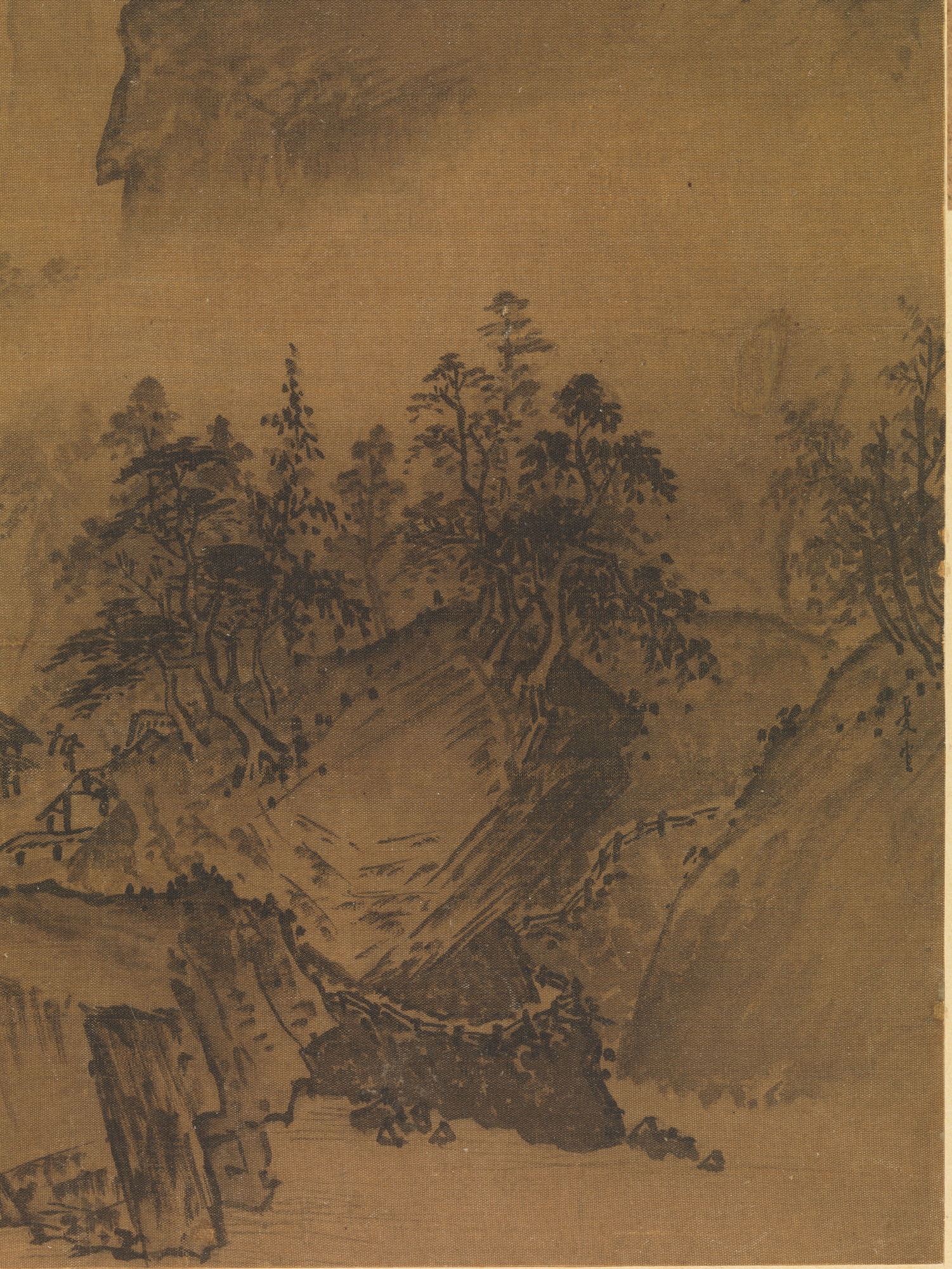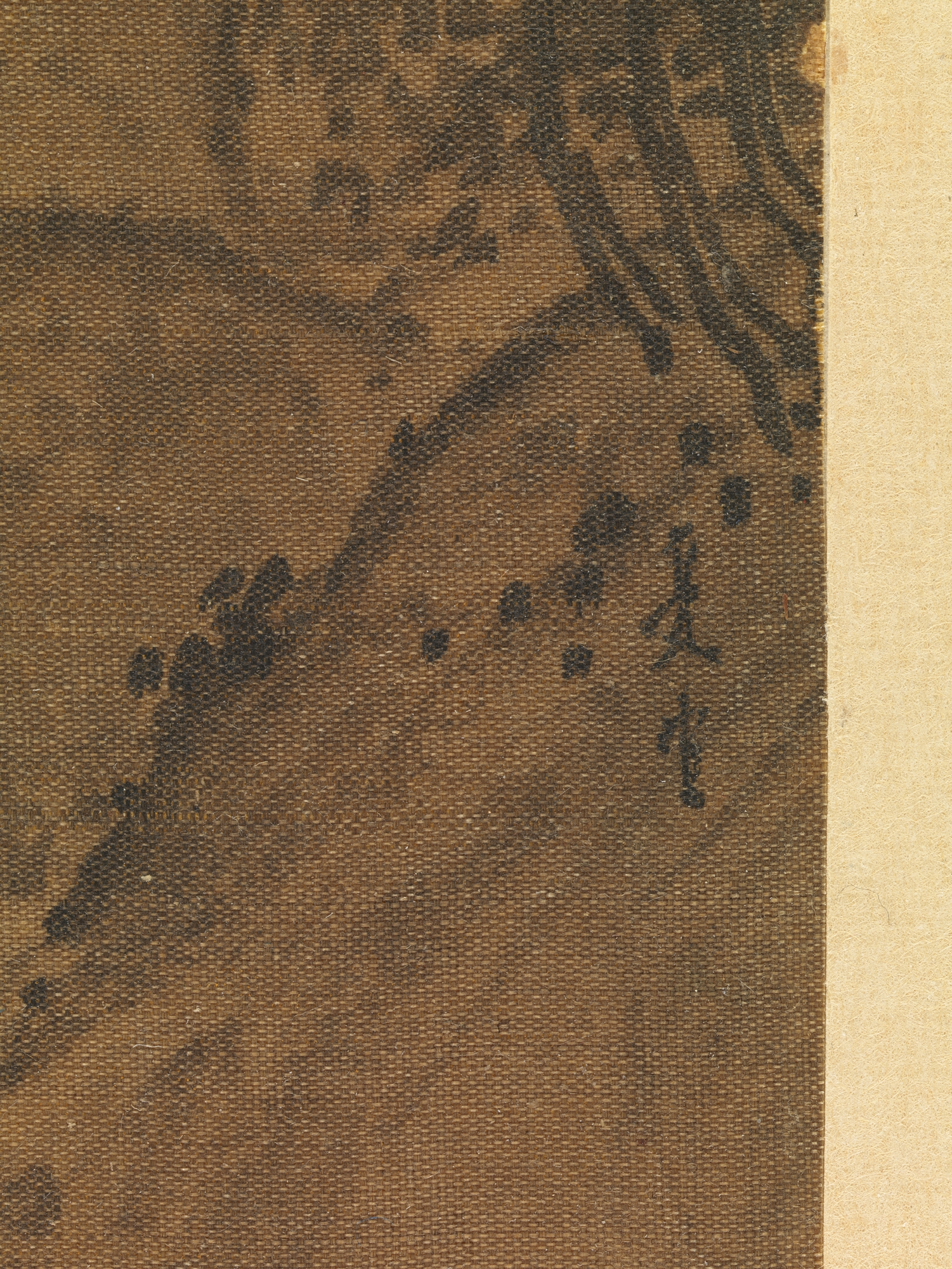Mountain Market, Clearing Mist
Xia Gui Chinese
Not on view
This album leaf presents a poetic evocation of one of the Eight Views of the Xiao and Xiang Rivers. The Eight Views became a popular subject for painters beginning in the late eleventh century after the Chan (Japanese: Zen) Buddhist monk Huihong (1071–1128) composed eight poems on these themes. His poem "Mountain Market, Clear with Rising Mist" offers vivid images for painters to interpret:
Last night's rain is letting up, mountain air is heavy,
Steam rising, sun and shadow, shifting light
amid trees;
The silkworm market comes to a close, the crowd
thins out,
Roadside willows by the market bridge: golden
threads play;
Whose house with flower-filled plot is across
the valley?
A smooth-tongued yellow bird calls in spring breeze;
Wine flag in hazy distance-look and you can see:
It's the one west of the road to Zhe Tree Reidge
Valley.
(Alfreda Murck, trans., in Images of the Mind
[Princeton: The Art Museum, Princeton University, 1984], p. 226)
In Xia Gui's interpretation, boldly executed brushstrokes and ink dots create an abstract language of visual signs rather than merely descriptive forms: the kinesthetic brushstrokes, which change effortlessly from outlines and foliage dots to wedge-shaped modeling strokes and ink wash, at once simplify and unify the landscape and human forms, breathing life into the moisture-drenched landscape. It was this brilliantly simplified idiom of ink wash and ax-cut brush that infused gesture with meaning, preparing the way for the expressive calligraphic revolution of the ensuing Yuan dynasty.
#7707. Mountain Market, Clear with Rising Mist
Due to rights restrictions, this image cannot be enlarged, viewed at full screen, or downloaded.
This artwork is meant to be viewed from right to left. Scroll left to view more.
